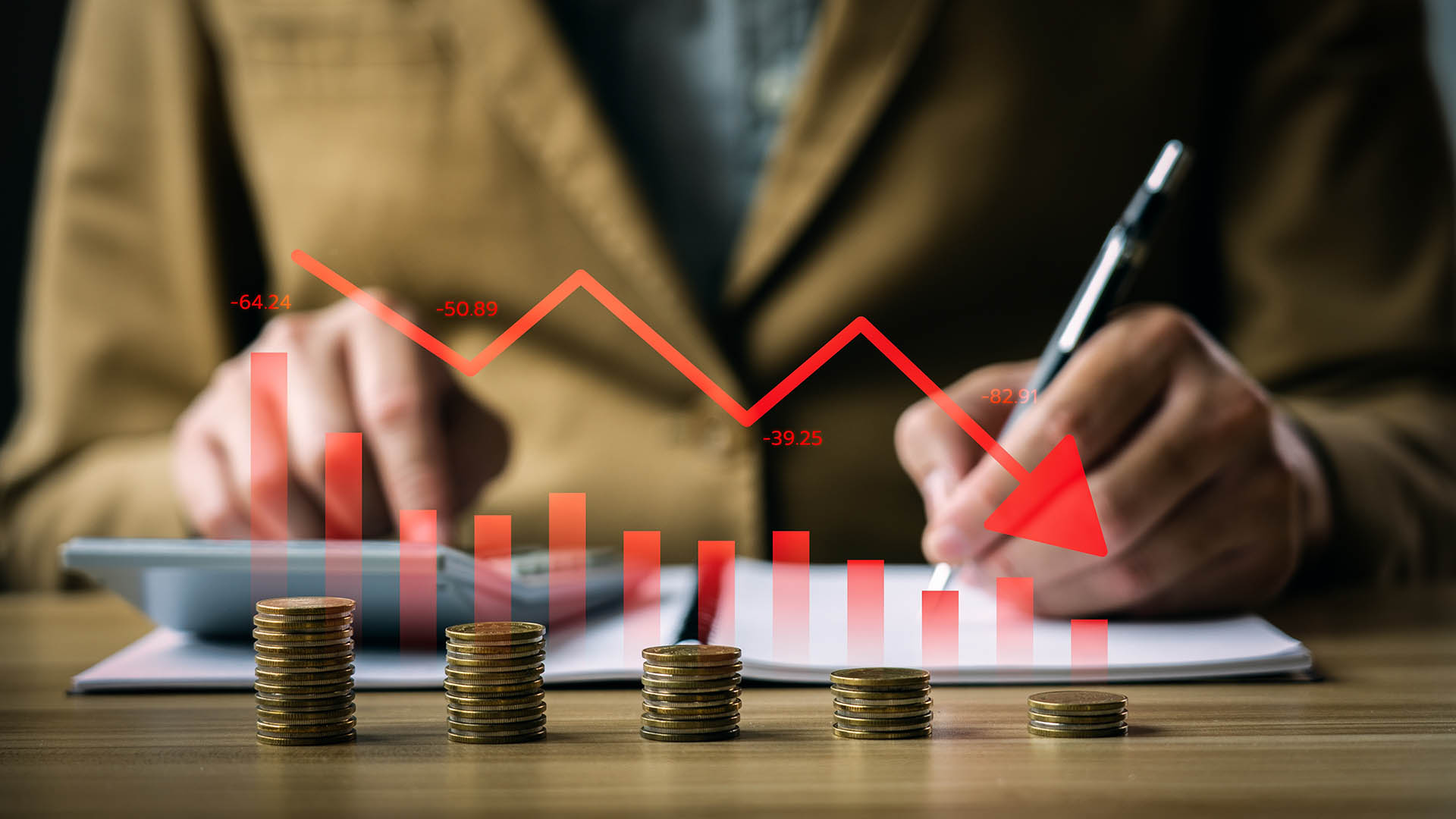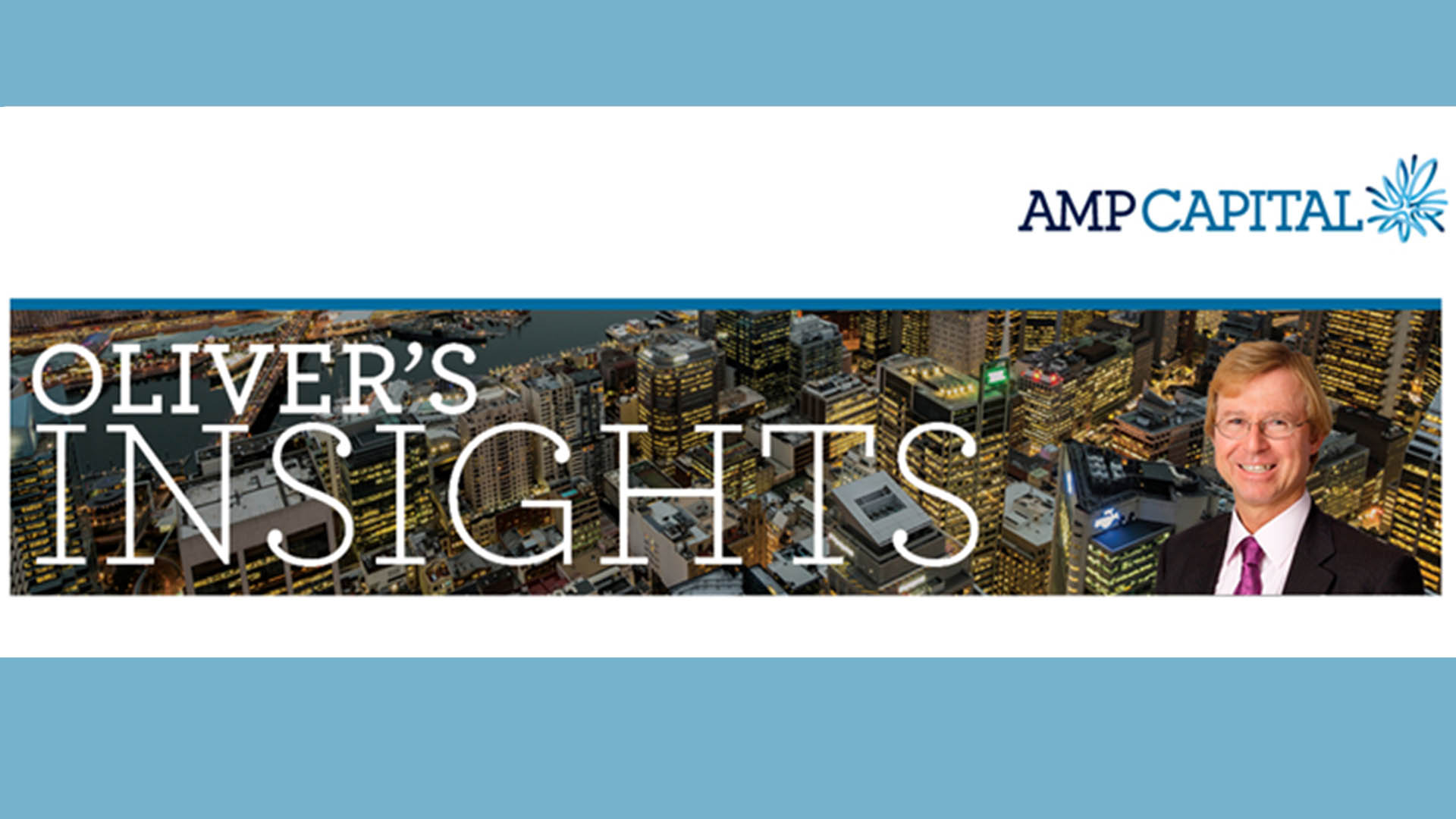The reason why the Reserve Bank cut rates on Tuesday and why at least one, and possibly two more are very likely was shown in the March quarter National Accounts yesterday with annual growth slowing to its most sluggish since the GFC a decade ago.
Sluggish household income, spending and the slide in dwelling investment (home building) were the major brakes on growth in the quarter.
Figures from the Australian Bureau of Statistics showed growth expanded by a lower than expected by 0.4% in the first three months of the year from the three months to December. The market had been looking for 0.6% month on month growth.
The ABS said annual growth slowed to 1.8% for the past year, down from a revised upwards 2.4% (2.3% first reported) in the year to the end of December.
The ASX edged up a touch (despite the big surge on Tuesday on Wall Street) – the rise was 0.4%, half the indicated rise in the overnight futures market and far less than the 2% plus rise in major US measures.
The Aussie dollar rose to around 70 US cents and remained at that level in the wake of the release of the soft national accounts reading.
The key disappointment was household spending – the National Accounts showed household consumption slowed to 0.3% for the quarter (0.4% in the December quarter) and dropped to just 1.8% over the past year (2.2% in December) thanks to falling house prices and especially slow and low wage growth.
Dwelling investment has slumped, as the Reserve Bank has been expecting, dropping by 3.1% throughout the year to March after reaching record levels in September last year. That knocked 0.1% from growth in the quarter.
The household saving also increased to 2.8% from 2.5% as consumers cut spending (for example car sales fell for yet another month in May with sales dropping 8.1% from a year ago. Sales so far this year are also down 8.1% on a year ago).
For the first time since the 1982 recession, per capita GDP – economic growth per person – fell for the third consecutive quarter. The overall growth rate has halved in the past three quarters as household income and spending have all but ground to a halt.
The annual result tells us the economy will grow much slower than anticipated in Federal Treasurer Josh Frydenberg’s April budget which forecasts growth of 2.25% through 2018-19.
Growth was supported by the government spending, mostly on welfare and other payments associated with the NDIS sector which added 0.2 percentage points to the overall figures while net exports added a similar level, thanks to the continuing high level of iron ore prices, especially in the wake of the January 25 mine dam disaster in Brazil on January 25.













